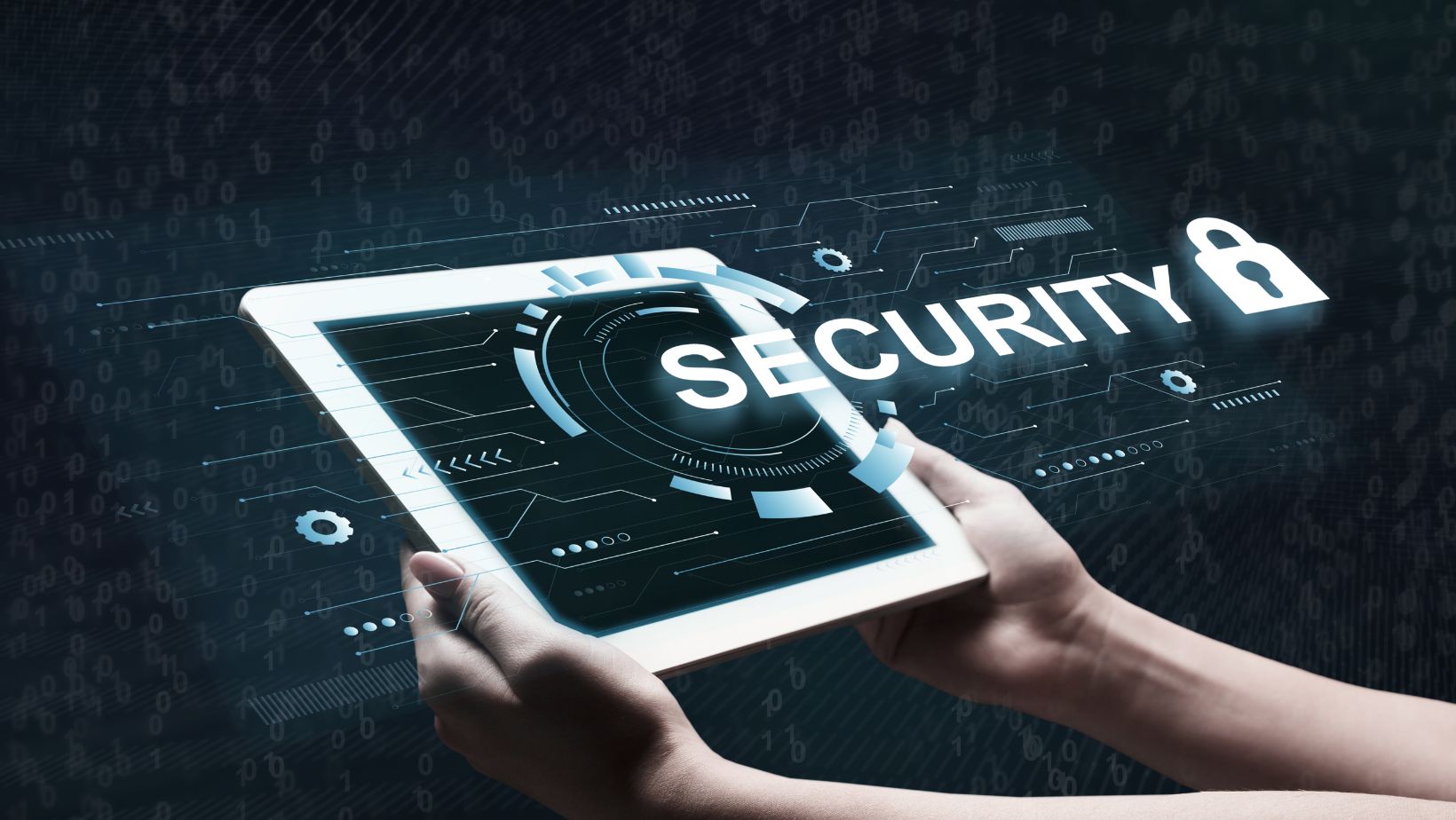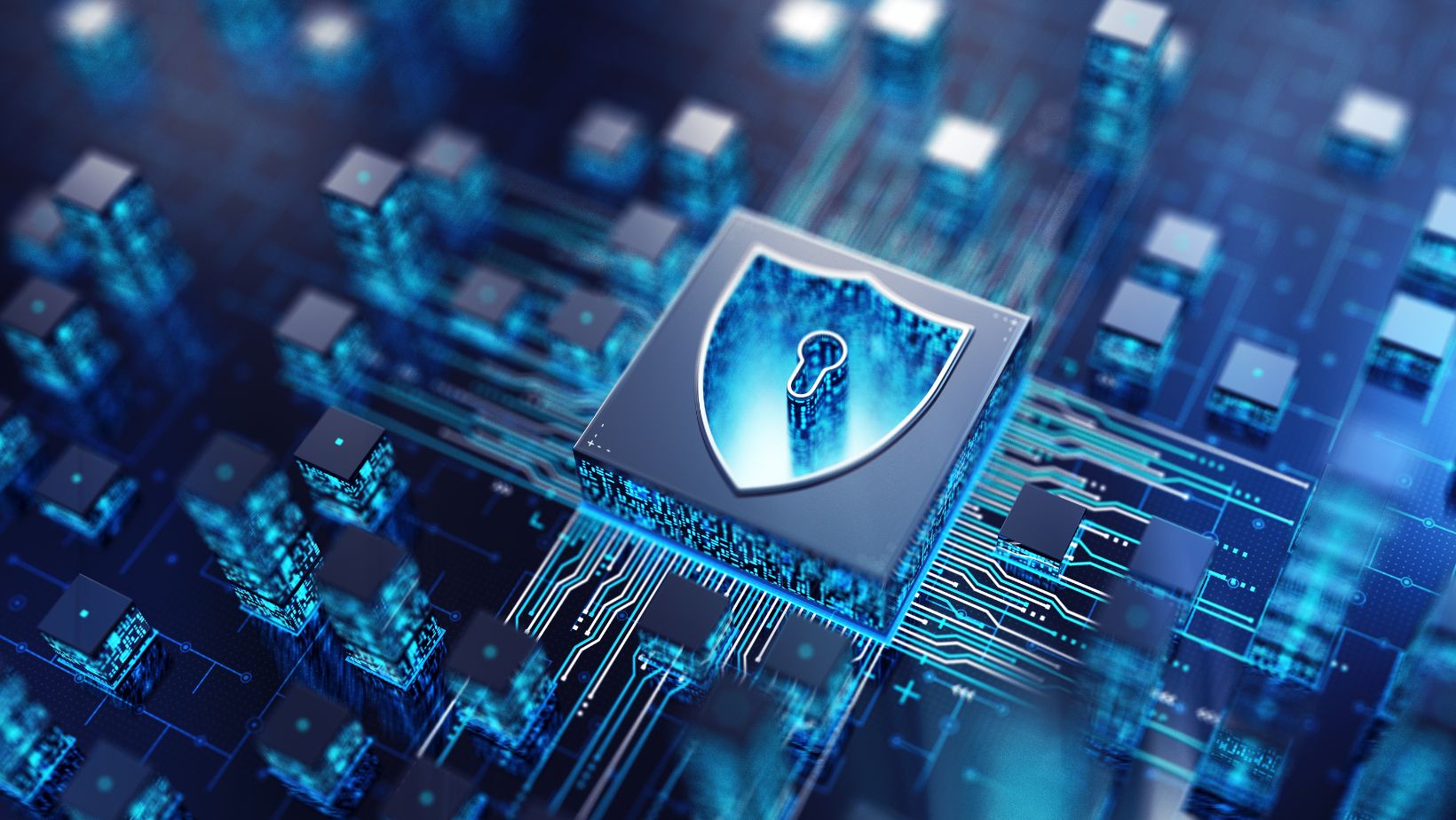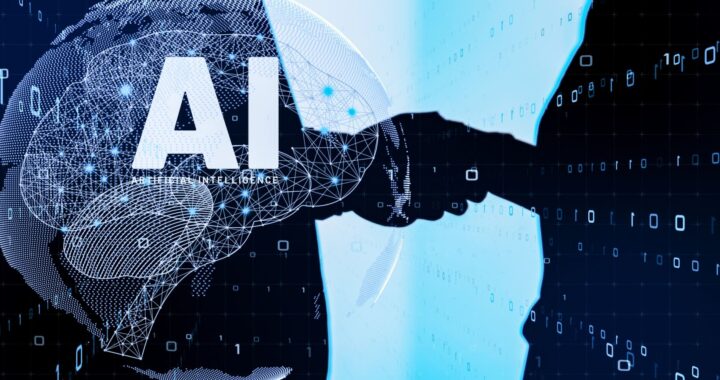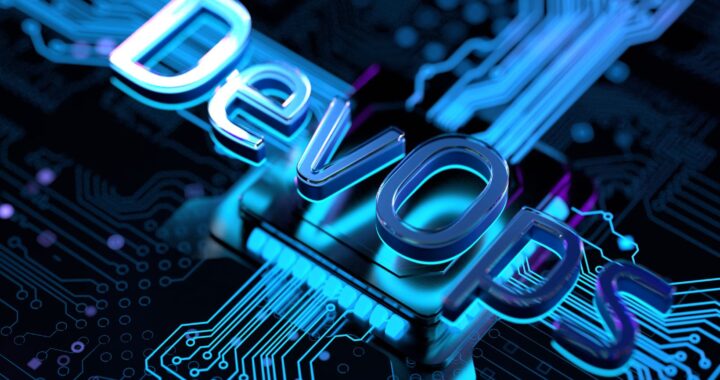Autonomous AI Agents Are Revolutionizing the Way We Handle Cybersecurity Breaches

The way organizations respond to breaches has changed dramatically over the past few years. The increasing sophistication of cyber threats means that companies need more than just traditional security measures; they need systems that can think and act on their own. This is where autonomous agents come in—software programs powered by AI and machine learning that can detect, assess, and even mitigate breaches without needing human intervention. This shift is revolutionizing the way breaches are handled, offering faster, more precise responses to emerging threats.
What Are Autonomous Agents?
At the core of this technological leap is the concept of the “autonomous agent.” These are essentially intelligent systems designed to perform specific tasks independently, using their built-in algorithms to analyze, act, and learn without human oversight. In breach management, this means that once an attack is detected, an autonomous agent can take immediate action—whether it’s isolating affected systems, blocking malicious traffic, or even initiating a counteroffensive—all without waiting for a human analyst to step in. The autonomy in these systems is what makes them so valuable; they work around the clock, responding at lightning speed to keep the organization secure.
The Role of AI and Machine Learning in Breach Response
To understand how these autonomous agents work, it’s essential to look at the technologies that enable them: machine learning and artificial intelligence. AI, in particular, has made huge strides over the past decade, and machine learning has become the foundation of autonomous systems. These agents rely on vast datasets—often consisting of past attack patterns, system behavior, and threat intelligence—to “train” themselves, recognizing the signs of a potential breach even before it fully materializes.
In the case of a security breach, the autonomous agent’s AI kicks into action. The agent continuously monitors the organization’s network, analyzing system activity in real-time. When suspicious behavior or patterns emerge—like unusual traffic, file changes, or unauthorized access attempts—the agent flags these anomalies. This process happens much faster than a human analyst could ever react, giving the organization a critical advantage in the early stages of a breach.
But AI doesn’t stop at detection. The true power of autonomous agents lies in their ability to act on their findings. Once an anomaly is confirmed as an actual breach, the agent uses pre-programmed protocols—or, in more advanced cases, adaptive responses powered by AI—to mitigate the attack. This could mean isolating compromised systems, shutting down affected services, or deploying countermeasures like blocking malicious IP addresses or disabling infected accounts.
The key difference here is the speed and precision with which these actions are carried out. By relying on the logic built into the AI, autonomous agents can act instantly, ensuring that no time is wasted and no damage is done while waiting for human intervention.
Agentic AI: The Brain Behind Autonomous Agents
The backbone of autonomous agents is Agentic AI, now, what is agentic AI?. Essentially, this refers to an AI system capable of setting its own goals and making decisions to achieve those goals without human guidance. Agentic AI is what allows autonomous agents to act as “self-directed” entities that continuously improve and adapt.
For instance, imagine an autonomous agent facing a new type of malware it hasn’t encountered before. Instead of relying on human input to analyze and devise a response, the agentic AI can process the attack’s behavior, cross-reference it with other known attack vectors, and learn how to respond. It might even reconfigure its own security protocols or create new ones based on the evolving threat. Over time, this ability to learn and adapt allows autonomous agents to become better at handling emerging threats, reducing reliance on manual updates or human intelligence to address new vulnerabilities.
Why Autonomous Agents Are a Game Changer in Breach Response
There are several reasons why autonomous agents are changing the game in breach response management.
- Speed and Agility
The most obvious benefit of autonomous agents is the speed at which they can detect and neutralize threats. In the context of a security breach, every second counts. The longer it takes to respond, the greater the damage. Autonomous agents can act almost instantly, whereas traditional human-led responses can take minutes or even hours to mobilize, especially during high-pressure situations. By taking immediate action, these agents dramatically reduce the potential for widespread damage.
- Scalability
Organizations are becoming increasingly complex, with operations often spanning multiple regions, systems, and platforms. In a traditional setup, managing the security of such large-scale operations would require a massive security team. Autonomous agents, however, can handle multiple tasks simultaneously, managing vast networks and responding to multiple threats at once. This scalability is crucial in handling large, complex attacks such as DDoS (Distributed Denial of Service) attacks, where human intervention might be overwhelmed by the volume and speed of incoming threats.
- Reduced Human Error
Human error is a known risk in many cybersecurity operations. Whether it’s misjudging a threat, overlooking a crucial detail, or simply experiencing decision fatigue, human error can be a significant factor in how effectively a breach is handled. Autonomous agents eliminate this risk. They follow their algorithms and protocols without the distractions or limitations humans face, ensuring that responses are consistent, precise, and free from mistakes.
- Always-On Protection
Unlike humans, autonomous agents don’t need sleep or rest. They can monitor systems 24/7, providing continuous protection for an organization. In a world where cyber threats can emerge at any time of day or night, this constant vigilance is a major advantage. Whether it’s a weekend, holiday, or in the middle of the night, autonomous agents are always on guard, ready to respond the moment a threat is detected.
- Continuous Learning and Adaptation
One of the most exciting aspects of autonomous agents is their ability to learn and improve over time. As these agents encounter new threats, they analyze and adapt to the new information, refining their strategies and tactics. This ongoing learning process means that they not only get better at detecting and mitigating known threats, but they also become more adept at handling novel attack methods. This capability is critical in a cybersecurity environment where new vulnerabilities and attack vectors are constantly being discovered.
How Autonomous Agents Handle a Breach Step-by-Step
When an autonomous agent is faced with a security breach, the response follows a structured series of steps:
- Detection: The agent continuously monitors system activity, looking for any signs of abnormal behavior that could indicate an attack. Once an anomaly is detected, the agent compares it against known attack signatures or uses its AI to determine if it is a threat.
- Assessment: After detecting a potential breach, the agent assesses its severity. This might involve analyzing affected systems, determining whether the attack is contained, or checking the scope of the damage.
- Containment: If the breach is confirmed, the agent acts swiftly to contain it. This could include isolating infected systems, severing network connections, or blocking malicious traffic to prevent the attack from spreading.
- Mitigation and Remediation: The agent then begins the process of neutralizing the threat. This could involve deleting or quarantining malicious files, shutting down compromised accounts, or restoring affected systems from backup.
- Forensic Analysis: After the breach is under control, the agent may begin a forensic investigation to understand how the attack occurred. This might involve analyzing logs, tracing the origin of the breach, and gathering data to improve future defenses.
- Reporting: Autonomous agents can automatically generate detailed reports of the breach, documenting the attack’s nature, how it was handled, and any lessons learned. These reports are invaluable for compliance, auditing, and improving overall security.
Challenges and Limitations
Despite their many advantages, autonomous agents are not without their challenges. False positives—where a legitimate action is incorrectly flagged as a threat—are a concern, and while AI is becoming more sophisticated, there is always the possibility of errors in judgment. Additionally, organizations may be reluctant to rely entirely on autonomous systems for such a critical function as breach response, preferring to have human oversight or intervention in place for more complex situations.
Endnote
The integration of autonomous agents into breach response management represents a fundamental shift in cybersecurity. These agents, powered by advanced machine learning and agentic AI, allow organizations to respond to threats faster, more efficiently, and at a larger scale than ever before. While challenges remain, the ability of these systems to continuously learn and adapt makes them an invaluable tool in the fight against cybercrime. As technology evolves, autonomous agents will undoubtedly become a central part of any organization’s cybersecurity strategy, offering a more agile, proactive defense against an increasingly complex threat landscape.



 EV Course: What to Expect from an e-Postgraduate Diploma in E-Mobility
EV Course: What to Expect from an e-Postgraduate Diploma in E-Mobility  Using ZTNA to Manage Remote Access to Cloud-Based DevOps Tools
Using ZTNA to Manage Remote Access to Cloud-Based DevOps Tools  The Future of Marketing: Using AI Video Generators to Scale Your Content
The Future of Marketing: Using AI Video Generators to Scale Your Content